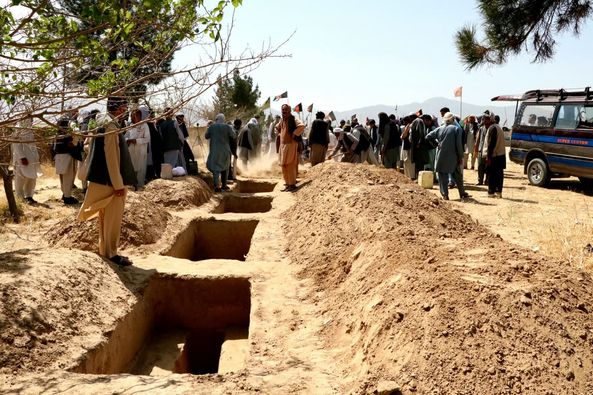 By Khaliq Ebrahimi
By Khaliq Ebrahimi
Translated by: M. Rezaie
Savagery and destruction are the two major Characteristics of genocide. Savagery indicates the brutal killing of an ethnic, religious or national group and destruction indicates eliminating cultural patterns and symbols of a specific ethnic group. Maryam Baqi writes in the 18 the issue of the specific issue of Merh Nameh on genocide; Savagery means deliberate destruction of communities and destruction means destroying and eliminating cultural patterns and symbols of a specific group.
On December 9, 1948, the Convention on the Prevention and Punishment of the Crime of Genocide was the first Convention approved by the United Nations. According to the second article of this Convention, genocide means any of acts committed with the intent to destroy, in whole or in part, a national, ethnical, racial or religious group. Based on this definition, Killing members of the group, as such:
(a) Killing members of the group;
(b) Causing serious bodily or mental harm to members of the group;
(c) Deliberately inflicting on the group conditions of life calculated to bring about its physical destruction in whole or in part;
(d) Imposing measures intended to prevent births within the group;
(e) Forcibly transferring children of the group to another group (BAqi, Maryam, Meh Nameh, No 18, 2010, P. 198). Considering the definition of genocide, it is called the “mother of crimes”, due to the high level of crime, savage and destruction. There are many characteristics of genocide to prove it due to long-time wars, high levels of violence, and ethnic conflicts.
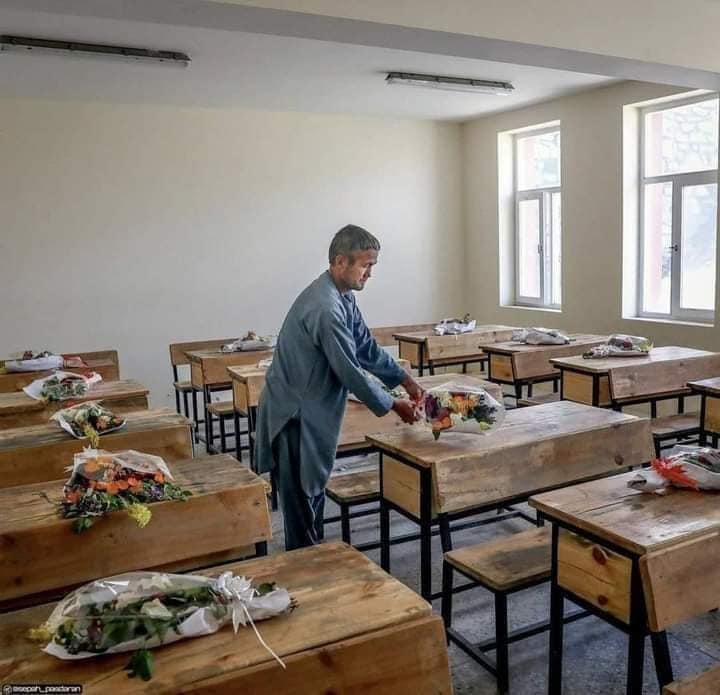 Ali Reza Rohani, a university lecturer, in an interview with Jade Abresahm said, Afghanistan’s history is full of shocking crime scenes, war crimes, crimes against humanity, and genocide. He told Jade Abresham, that many of these crimes have been left without impartial investigation and documentation. According to Rohani, “the crimes which happened against Hazaras during the rule of Taliban at the end of 90s are the clear signs of crime against humanity and genocide.”
Ali Reza Rohani, a university lecturer, in an interview with Jade Abresahm said, Afghanistan’s history is full of shocking crime scenes, war crimes, crimes against humanity, and genocide. He told Jade Abresham, that many of these crimes have been left without impartial investigation and documentation. According to Rohani, “the crimes which happened against Hazaras during the rule of Taliban at the end of 90s are the clear signs of crime against humanity and genocide.”
Now, the question is whether the Taliban committed genocide against Hazaras during the 90s?
A. Killing members of the group: Based on official reports, When the Taliban seized Mazar e Sharif, committed frightening crimes. Mullah Abdul Manan Niazi, the Taliban provincial governor in Balkh ordered the Taliban to kill Hazara rafidis for 3 days. Mukhtar Wafaee, writes of 3 frightening days. He has written in a report that when the Taliban captured Balkh province, Mullah Abdu Manan Niazi announced the Taliban has a 3-day time to kill Hazara rafidis. Taliban members did so and they searched for Hazarasin in every corner of the city for 3 days to kill them.
Though there are not official data available from these 3 days, Mukhta Wafaee writes citizens of Mazar e Sharif in Qezelabad, Sayedabad, Kart e Zeraat, Dasht e Shor, Yumarab, Alichopan. Hajatrawa, and Hazaras of Paluzawli and Khalachif of Chimtal of Balkh province were savagely killed. Only in Chimtal district of Balkh about 360 civilian Hazaras were killed. According to Wafaee, “Men were killed and women beard the successive pains of the life.” (Wafaee, Mukhtar, 3 Frightening Days of Summer, Jadae Abresham, Terror Industry, No. 132, P. 4).
Yakawlang Mass Killings: According to the Human Right Watchdog, mass killings in Yakawlang started in June 6, 2001 and lasted for 6 days. Specifications of 124 people including their names, their fathers’ names and pace of living have been mentioned in the annex of the report. In page three of this report it is mentioned that in January 19, 2001, Kofi Anan the Secretary General of the United Nations, issued an statement saying; based on reliable reports, Killings in Yakawlang has been deliberately committed. In this report how the killing was conducted and how the operations went on says; Commanders who participated in this operations were as the followings: Mullah Behzad, Qari Ahmadullah Ghazni, Intelligence Minister of Taliban, Mullah Abdulsattar military commander of Hazaristan, Mullah Abdullah Sarhadi, Mullah Abdul Salam Raketi, a former commander of Ittihad Islami.
Based on this report, the Taliban targeted civilian men who had no role in the conflicts and killed them in groups. Most of these data belong to Yakawlang mass killings. According to the International Amnesty report, the Taliban arrested many men from homes, manbars and mosques and then tied their hands with their turbans and shot them dead. The victims were from Darah Ali, Mandik, Firuz Bahar, Par Juyak, Gonbadi, Kashkak, Akhondan, Kata Khana, Bid Mishkin, and other parts of Yakawlang district. (Misbah, Abdulbasir, Jadae Abresham, Yakawlang mass killing, Roots and questions, No 132, P. 5).
 B. Causing serious bodily or mental harm to members of the group: According to the definition of genocide, causing serious bodily or mental harm to members can be considered as the characteristics of genocide. For example, the production and distribution of narcotics for the elimination of the members of a group or causing serious bodily or mental include it. Hazara community faced a widespread problem that increased on a daily basis. Each day Hazara youths were addicted and their lives were ruined.
B. Causing serious bodily or mental harm to members of the group: According to the definition of genocide, causing serious bodily or mental harm to members can be considered as the characteristics of genocide. For example, the production and distribution of narcotics for the elimination of the members of a group or causing serious bodily or mental include it. Hazara community faced a widespread problem that increased on a daily basis. Each day Hazara youths were addicted and their lives were ruined.
Though there are no official reports as if it has been planned by the Taliban or they have supported addicting Hazara youths, there are official reports that the Taliban made a living by cultivating and smuggling opium. It is worth mentioning anything that seriously harms the health of the people is considered genocide. Cultivation and smuggling of opium is one of the major crimes and supporting it is also considered as the characteristic of genocide. If the Taliban have not been involved directly in addicting an ethnic or national group, but they have been indirectly involved in such a crime by supporting and distributing opium.
C. Deliberately inflicting on the group conditions of life calculated to bring about its physical destruction in whole or in part: Taliban after mass killings Hazaras in Mazar e Sharif, Yakawlang, Kandposht and other places, imposed economic sanctions on Hazaras. Malik Shafiei, a well-known Hazara writer and human rights activist who had traveled during That time to different parts of Hazaristan and had documented crimes of the Taliban, writes; Hazara people in Jaghori could not buy wheat four. They used barley flour and cornflour to feed themselves. It is mentioned in his report that Hazaras maintained their basic needs through smuggling paying a very high price for them. (Shafie, Malik, Open Society Daily, Memories of Darkness).
D. Destruction/ Cultural Genocide or White Genocide
Destruction of cultural patterns and symbols which forms the basis of life and history of an ethnic or national group is called white genocide. Cultural genocide is one of the crimes that its perpetrators must be brought to justice. One of the good points of the Convention on the Prevention and Punishment of the Crime of Genocide is that not only genocide is considered a major crime but denying it is also a crime. In addition to this, producing the idea of genocide, motivating and encouraging to commit genocide, or taking part indirectly in committing genocide is considered a major crime as well. (Baqi, Maryam, The worst universal crime, Mehr Nameh, No. 18, Tehran, 1390, P. 198).
Taliban Group not only committed Hazaras genocide, Caused serious bodily or mental harm to Hazaras, Deliberately inflicted on the group conditions of life calculated to bring about its physical destruction in whole or in part, imposing measures intended to prevent births within the group but after mass killings of Hazaras in Mazar e Sharif, Yakawlang and imposing economic sanctions on them and imposing symbolic violence to harm them spiritually, destroyed Buddha of Bamyan which was the biggest Cultural Heritage of Humanity in December of 2001. Historically and culturally Buddhas of Bamyan belong to Hazaras. Taliban destroyed the history and historical foundations of Hazaras. As a result, they committed cultural genocide against Hazaras.
To sum it up, the Taliban have been convicted of different crimes including crimes against humanity, war crimes, and genocide. One may ask how many people must be killed in order to call it genocide? There is no specific answer to it, in other words, there is no number mentioned for this. However, characteristics and meanings attributed to genocide show any ethnic group undergoing Killing members of the group; Causing serious bodily or mental harm to members of the group; Deliberately inflicting on the group conditions of life calculated to bring about its physical destruction in whole or in part, and Imposing measures intended to prevent births within the group can be considered as being exposed to genocide. As a result, the Taliban who were the main praetors of these crimes against Hazaras in Afghanistan have committed big crimes such as genocide against Hazaras.



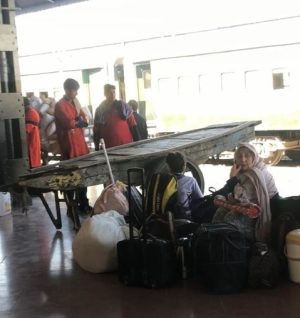
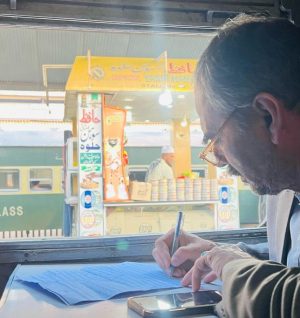
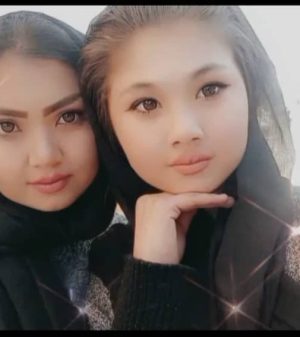
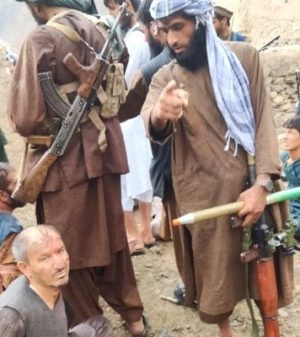
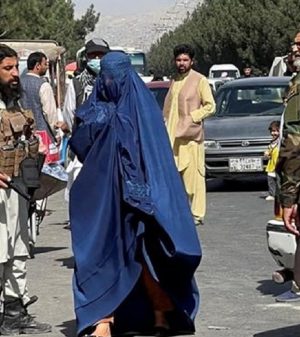
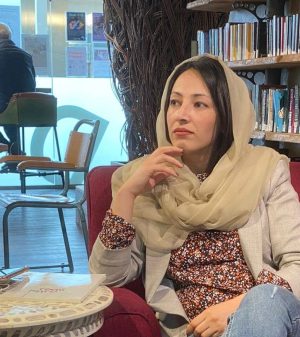
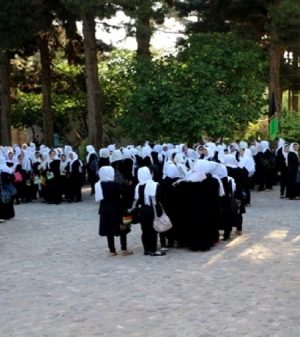
Add Comment